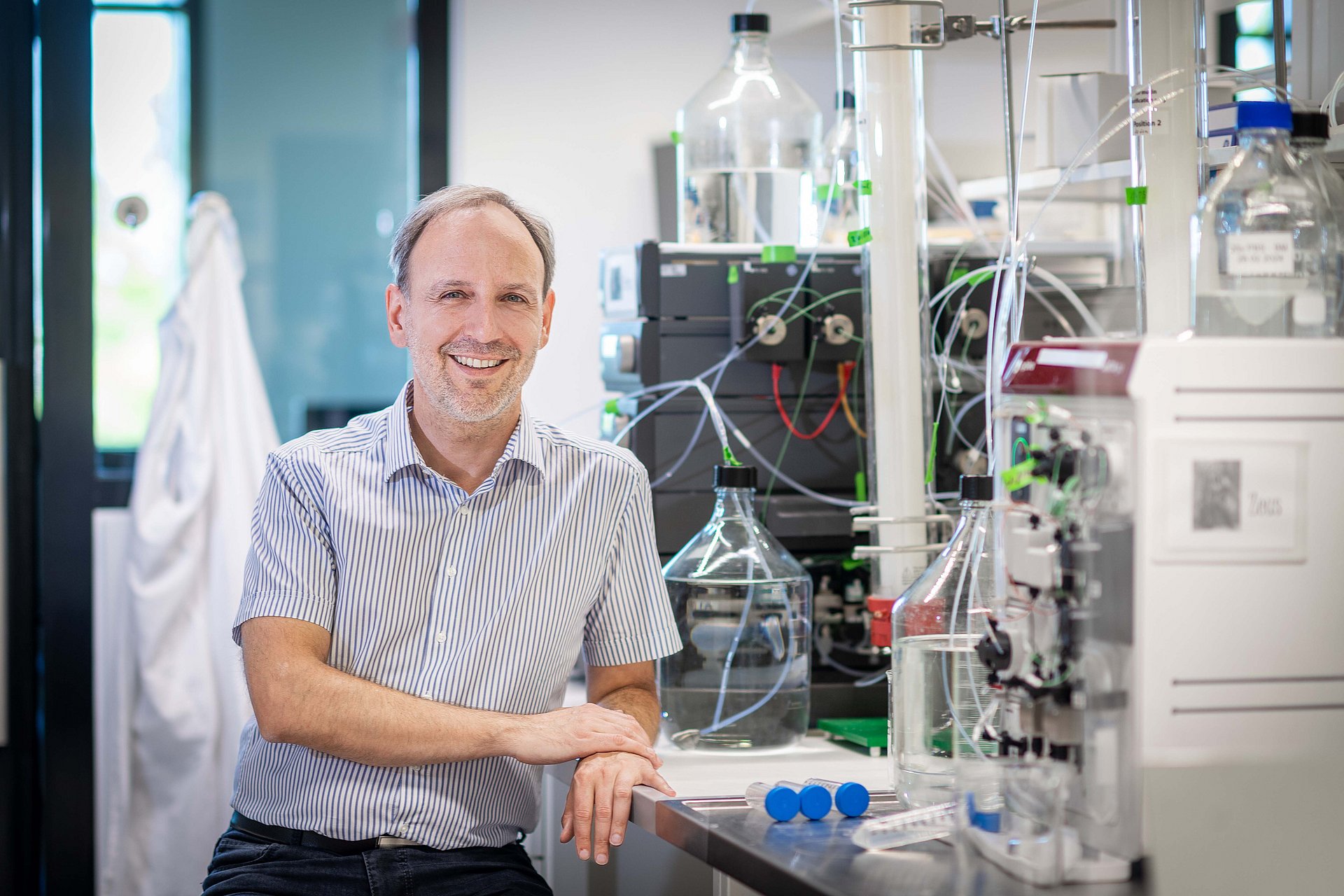How it works: The researchers work with microfluidic chips, i.e., a model system in which they can study a gel made of mucins. This allows them to investigate the interfaces between the mucus layer and fluids, as in the intestines, and between the mucus layer and the air, as in the bronchia.
They used the model system to investigate what happens when the mucus layer is contaminated by respirable dust. “When the mucin layer contains respirable dust particles, its barrier effect is impaired. The tiny particles occupy molecular binding sites in the mucin gel which are intended to capture other molecules,” says Oliver Lieleg.
In their latest project, the TUM researchers have been working together with scientists from LMU to develop tiny packagings for pharmaceuticals, which can be inhaled. Here they have designed small spheres (microparticles) which they can use to encapsulate even smaller drug carriers (nanoparticles). The charge and the structure of the microparticles determines their docking and decomposition process upon contact with the moist mucus. Among the various materials tested, the most successful one was the lysine packaging, since this positively charged amino acid performed best in binding to the negatively charged mucus.
Publication on inhalable drug carriers: https://doi.org/10.1002/anbr.202300153
Cooperation between TUM and Ludwig-Maximilians-Universität München (LMU)
Publication on respirable dust: https://pubs.acs.org/doi/10.1021/acsanm.2c03887

